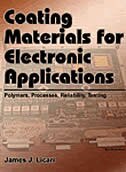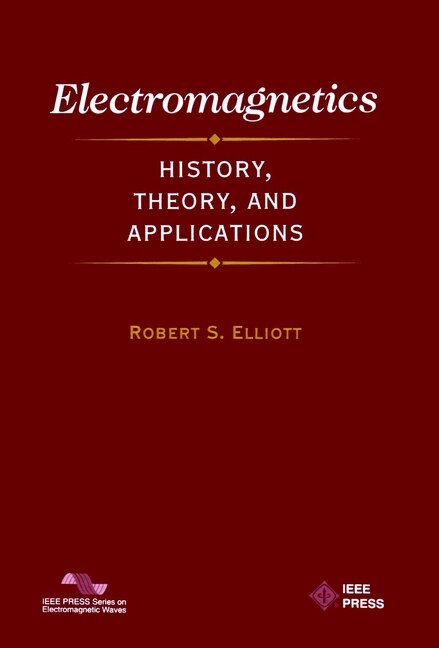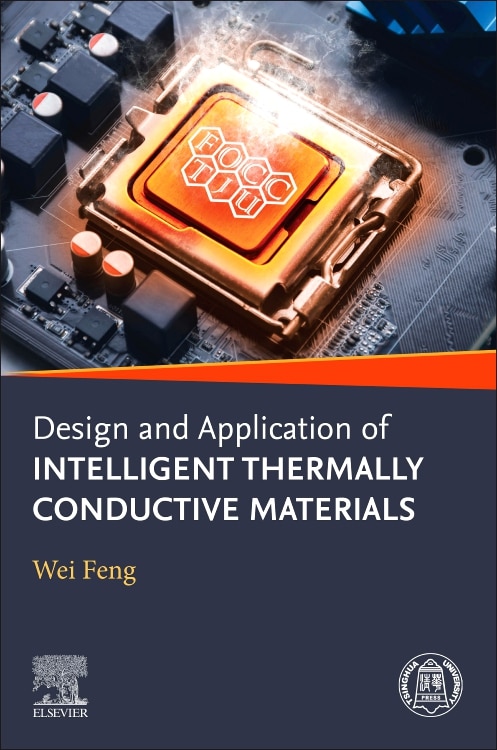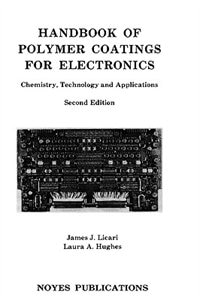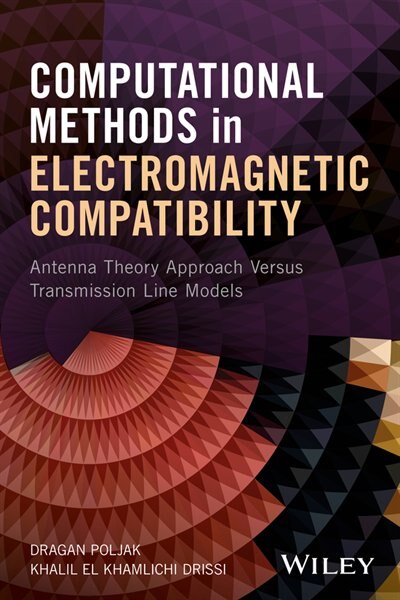Home
Testing And Optimization Of Electrically Conductive Spacecraft Coatings by R J Mell, Paperback | Indigo Chapters
Loading Inventory...

Testing And Optimization Of Electrically Conductive Spacecraft Coatings by R J Mell, Paperback | Indigo Chapters
From R J Mell
Current price: $20.99


From R J Mell
Testing And Optimization Of Electrically Conductive Spacecraft Coatings by R J Mell, Paperback | Indigo Chapters
Current price: $20.99
Loading Inventory...
Size: 0.13 x 9.69 x 0.29
*Product information may vary - to confirm product availability, pricing, shipping and return information please contact Coles
This is the final report discussing the work done for the Space Environments and Effects (SEE) Program. It discusses test chamber design, coating research, and test results on electrically thermal control coatings. These thermal control coatings are being developed to have several orders of magnitude higher electrical conductivity than most available thermal control coatings. Most current coatings tend to have a range in surface resistivity from 1, 011 to 1, 013 ohms/sq. Historically, spacecraft have had thermal control surfaces composed of dielectric materials of either polymers (paints and metalized films) or glasses (ceramic paints and optical solar reflectors). Very seldom has the thermal control surface of a spacecraft been a metal where the surface would be intrinsically electrically conductive. The poor thermal optical properties of most metals have, in most cases, stopped them from being used as a thermal control surface. Metals low infrared emittance (generally considered poor for thermal control surfaces) and/or solar absorptance, have resulted in the use of various dielectric coatings or films being applied over the substrate materials in order to obtain the required optical properties. | Testing And Optimization Of Electrically Conductive Spacecraft Coatings by R J Mell, Paperback | Indigo Chapters

